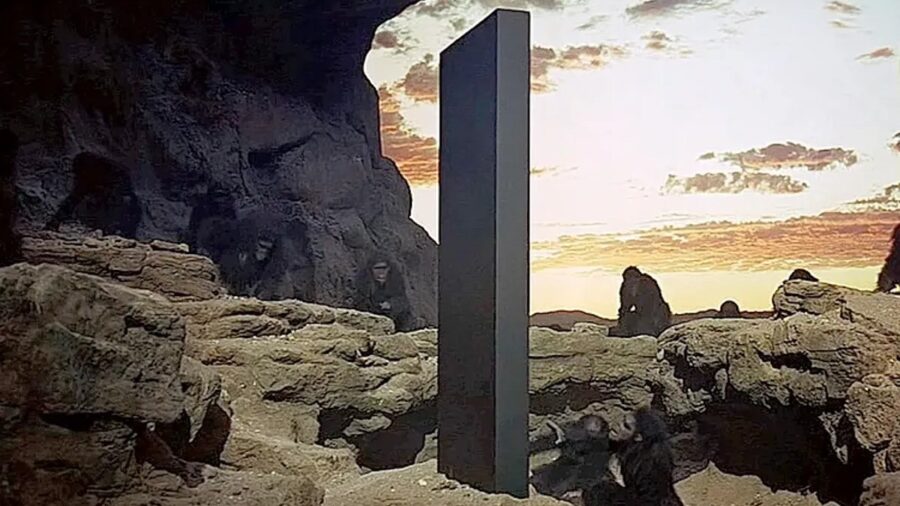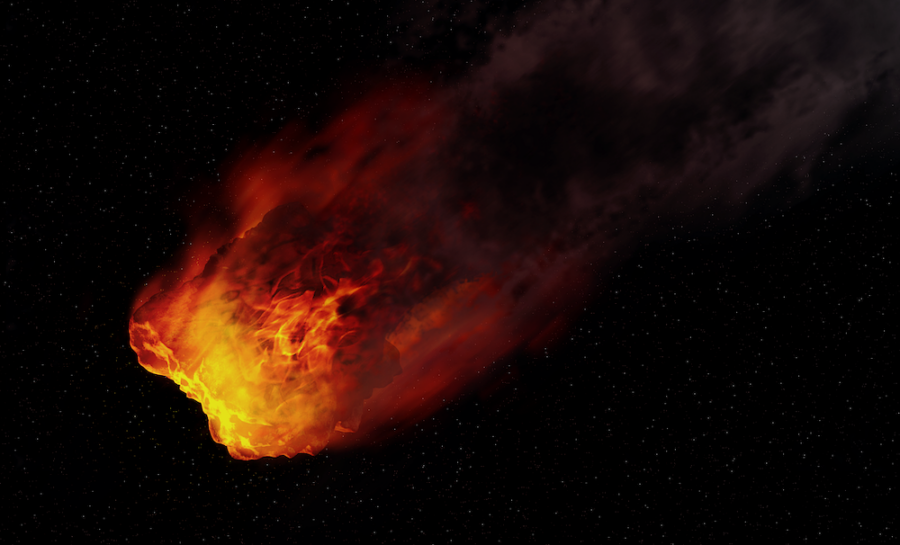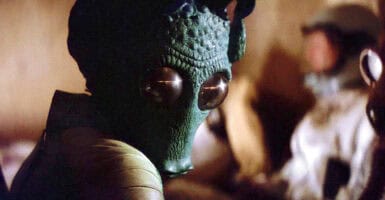Scientists Are Launching An Expedition To Recover An Alien Artifact
Avi Loeb, a Harvard physicist, is launching an expedition into the Pacific Ocean to discover a meteor from another solar system that hit our planet years ago.

Harvard physicist Avi Loeb and his team have been given the go-ahead to search for a potential alien artifact at the bottom of the Pacific Ocean. The object in question is an interstellar meteor that fragmented into segments in our atmosphere and most likely landed off the coast of Manus Island in Papua New Guinea. Loeb’s expedition, dubbed the Galileo Project, will be combing a four-mile area with advanced instruments over half a mile beneath the ocean surface.
According to Loeb’s Medium post, the interstellar origin of the meteor was confirmed with a 99.999 percent confidence level in an official letter from US Space Command. One of the unique aspects of these meteors is how much harder and tougher they are than other meteors observed by NASA, which has led to theories as to what the meteors could be. Though Loeb posits other theories, the theory that it could be an alien artifact, specifically a probe, remains among the most interesting.
Loeb expounds on his theory about the potential alien artifact, saying that the toughness could be due to the artificial nature of the materials used to make the meteor. Meaning it could potentially be an artificial interstellar probe launched by distant galactic civilizations billions of years ago. While it may seem like a lofty theory, anything is possible.
Still, there’s the matter of sifting through four miles of over half-mile-deep ocean to overcome before Loeb can confirm whether it’s an alien artifact or not. The expedition is utilizing magnetic sleds with lights and cameras to dredge the ocean floor and hopefully pull up some of the fragments of the meteor. Loeb admits there’s no guarantee that the expedition will be fruitful, but it seems like a chance worth taking if we can observe an interstellar object up close.

For the record, this isn’t the first time that Loeb has brought up the alien artifact theory, as he also posited that the ‘Oumuamua’ space object that flew by in 2017 was a possible alien probe due to its unusual characteristics and unnatural acceleration. The object was observed by Canadian astronomer Robert Weryk using the University of Hawaii’s Pan-STARRS1 telescope at the Haleakala Observatory in Hawaii. Whether Loeb’s contemporaries buy into his theories or not, it’s still interesting that the object was dubbed ‘Oumuamua,’ Hawaiian for ‘scout.’
Of course, Loeb is still a man of science, which means the alien artifact theory isn’t his only theory for the meteor (though you have to imagine it’s his favorite). Loeb also gives an Occam’s Razor theory of sorts, saying that the meteor could have entered our solar system as a natural interstellar object on a random trajectory that landed it in our ocean. As for the hardness of a natural meteor, Loeb proposed that the object could have been produced from events like exploding stars or the collision of two neutron stars, which produces the heaviest known elements.
If the Galileo Project does indeed reveal the meteor is an alien artifact, it will undoubtedly be one of the most significant scientific discoveries of our time. Of course, it could just be a space rock from somewhere else. We’ll have to wait and see what Loeb’s expedition uncovers.












